Posted on 7/26/2024
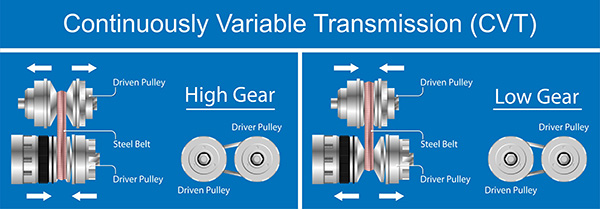
The world of automotive engineering is constantly evolving, bringing forth innovative technologies designed to enhance the driving experience. One such advancement is the Continuously Variable Transmission (CVT). Unlike traditional transmissions, CVTs offer a seamless driving experience, but how exactly do they work? We'll explore the mechanics of CVTs and discover why they are becoming increasingly popular in modern vehicles. The Basics of CVT At its core, a Continuously Variable Transmission differs significantly from conventional automatic transmissions. Traditional transmissions use a fixed number of gears to deliver power from the engine to the wheels. In contrast, a CVT doesn't rely on a set number of gears. Instead, it uses a system of belts and pulleys to create an infinite number of gear ratios. How It Works Imagine riding a bicycle with gears. Instead of shifting between a set number of gears, imagine you had a continuously variab ... read more
Posted on 6/28/2024
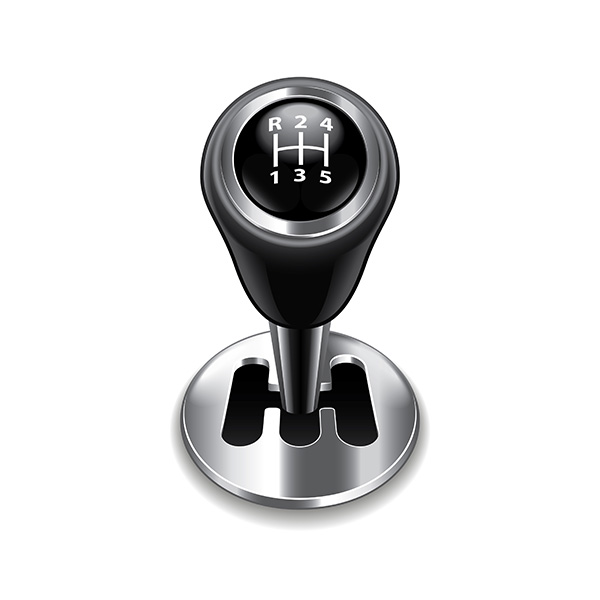
In a world where technology is rapidly evolving, one of the noticeable changes in the automotive industry is the disappearance of manual transmissions. Once the hallmark of a true driving enthusiast, the manual transmission is becoming increasingly rare. Why is this happening? The Rise of Automatic Transmissions Automatic transmissions have come a long way since their inception. Modern automatics are not only more convenient but also more efficient than ever before. With advancements in technology, automatic transmissions now offer better fuel efficiency, smoother shifts, and faster acceleration compared to their manual counterparts. The appeal of an easier and more comfortable driving experience has led many consumers to prefer automatics. Changing Consumer Preferences One of the primary reasons for the decline in manual transmissions is changing consum ... read more
Posted on 5/27/2024
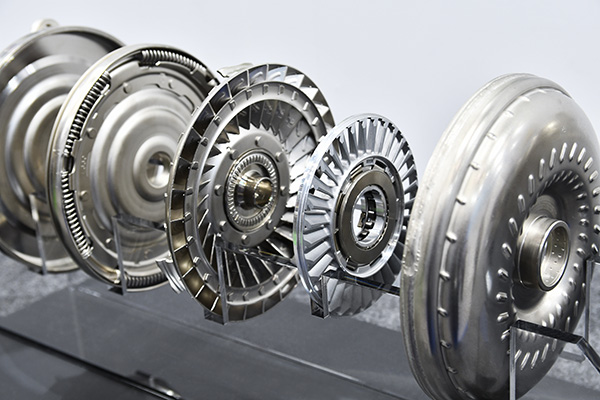
Ever wonder what makes your automatic transmission vehicle smoothly shift gears without you having to lift a finger? The torque converter is an essential component of automatic transmissions that transmits power from the engine to the transmission. We'll look into the intricacies of torque converters, exploring their function, importance, and why your car simply can't do without them. What Is The Torque Converter At its core, a torque converter is a fluid coupling device connecting the engine to automatic vehicle transmission. Unlike manual transmissions, which use a clutch to engage and disengage the engine from the transmission, automatic transmissions rely on torque converters to transfer power smoothly and efficiently. The torque converter consists of three main components: the impeller, turbine, and stator, all housed within a sealed unit filled with transmission fluid. How It Works When the engine rotates, it drives the impeller, whic ... read more
Posted on 4/26/2024
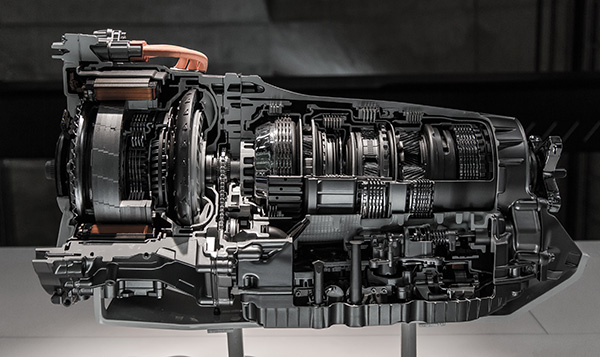
Certain maintenance tasks often get overlooked when it comes to maintaining your vehicle, one of which is the transmission flush. Many drivers are unsure about what it entails and why it's necessary. Let's learn about the importance of transmission flushes and why they are crucial for maintaining your car's health and longevity. Transmission Flushes What is a transmission flush? It's a process where old transmission fluid is removed and replaced with new fluid, along with cleaning agents, to remove any residue or buildup in the transmission system. Essentially, it's like giving your car's transmission a fresh start, ensuring smooth operation and preventing potential issues down the road. Benefits of Transmission Flush Now, you might be wondering why you bother with a transmission flush. Well, there are several compelling reasons. I ... read more
Posted on 3/29/2024
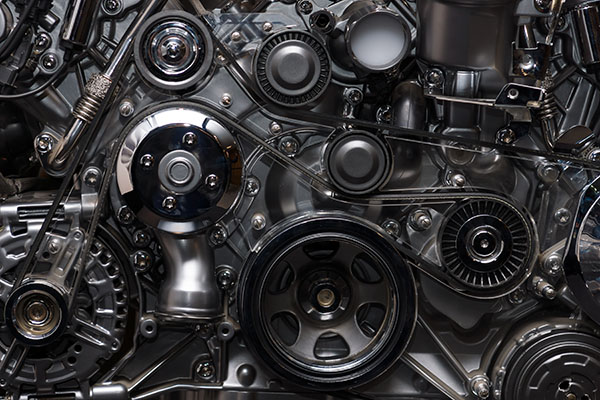
When it comes to vehicle performance, a smooth and responsive transmission is essential for a seamless driving experience. However, encountering sluggishness in transmission response can be frustrating and even concerning for car owners. 1. Low Transmission Fluid Levels One of the primary reasons behind a slow transmission is low fluid levels. Transmission fluid serves as a lubricant, coolant, and hydraulic fluid within the transmission system, facilitating smooth gear shifts and preventing overheating. When fluid levels are low, the transmission may struggle to engage gears properly, leading to delays in shifting and sluggish performance. 2. Worn Transmission Components Over time, the internal components of a transmission can wear out due to normal use and age. Components such as clutches, bands, and seals may become worn or damaged, co ... read more